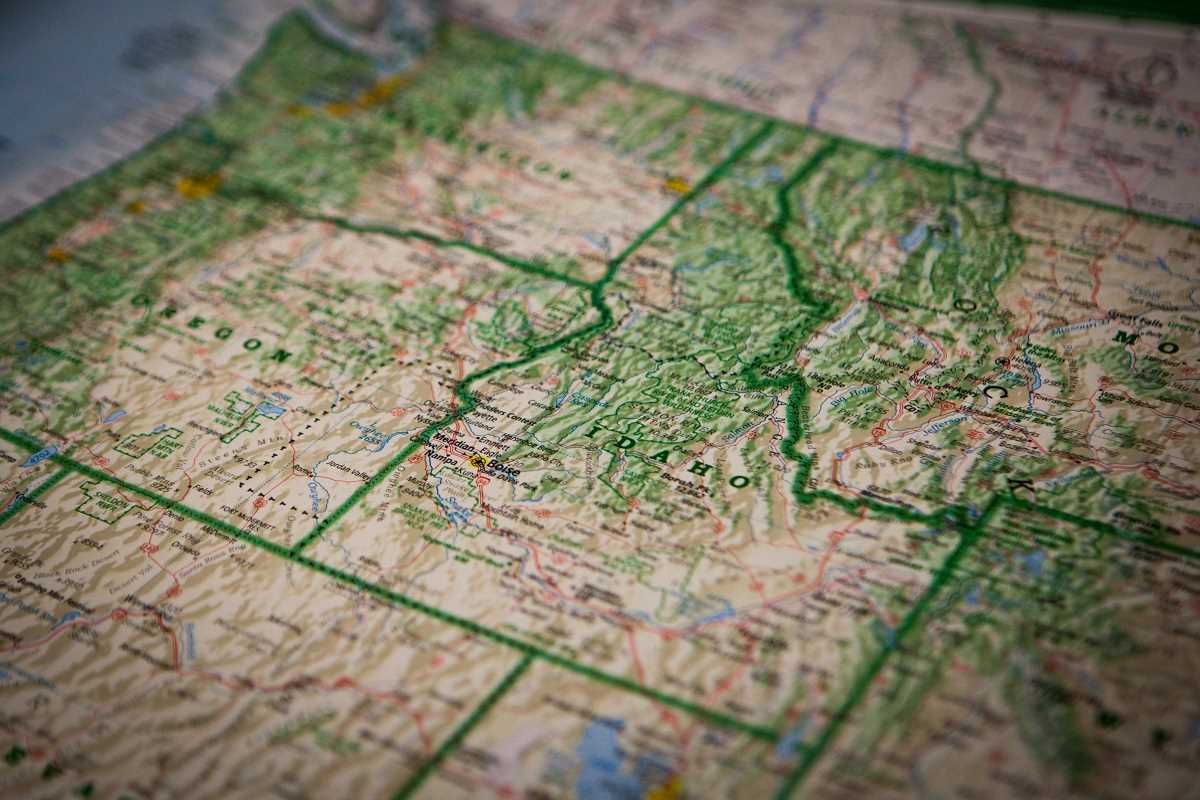Filing a car insurance claim is a crucial step after an incident to ensure you receive compensation for damages and repairs. If you’ve already handled immediate post-accident actions like ensuring safety, calling authorities, and gathering information, you’re ready to focus on the insurance process itself. This guide explains how to successfully file a claim, what documents you need, and what happens once your claim is in motion.
How Do You Initiate a Claim?
Starting the claims process is simple if you know what to expect.
Contact Your Insurance Company
- Notify your insurer as soon as possible after the incident. Most companies have a claims hotline, website, or app that makes initiating a claim convenient. Be prepared to provide basic details, such as:
- Your policy number.
- Date, time, and location of the incident.
- Names and contact information of any other parties involved.
Assigning a Claims Number
- Once your claim is filed, your insurer will give you a claims number. This is your reference point for tracking the case and communicating with your claims adjuster.
Save your insurer’s contact information in your phone or keep a printed copy in your car for quick access.
What Documents Do You Need for Your Claim?
Having the right documentation speeds up your claim process and ensures accuracy.
- Essential Documents You’ll Need:
- A copy of your insurance policy or policy number.
- Photos or videos of the damage.
- Police report (if applicable or required by your insurer).
- Repair shop estimates (if already obtained).
- Contact and insurance information of other parties involved in the incident.
- Additional Records to Strengthen Your Case:
- Witness statements.
- Receipts for recent vehicle maintenance.
- Any prior correspondence with your insurer about the incident.
Use your insurer’s app if available; many apps allow you to upload documents and photos directly, keeping everything organized in one place.
What Happens After Filing a Claim?
Once your claim is submitted, the insurance process moves into the investigation and evaluation stage. Here’s what typically happens:
- Assigning an Adjuster - A claims adjuster is assigned to your case. Their job is to review the evidence, evaluate the damages, and determine coverage based on your policy.
- Damage Inspection - Depending on your insurer’s process, an adjuster may inspect your vehicle in person or request you visit an approved repair shop for an assessment. Some insurers also allow photo or video submissions for remote evaluations.
- Coverage Review - The adjuster will review your policy details to confirm what’s covered and identify any exclusions or deductible amounts.
- Communicating Results - Once the investigation is complete, the adjuster will inform you whether the claim is approved, denied, or requires additional documentation.
Stay in touch with your adjuster and check the status regularly. Many insurers offer online updates through customer portals or mobile apps.
How Are Repairs Handled After Approval?
After your claim is approved, insurers will guide you on how to proceed with repairs or replacements.
- Using Approved Repair Shops - Many insurance companies have a network of preferred repair shops. Using these shops often speeds up approvals and ensures the work meets insurer standards.
- Choosing Your Own Repair Shop - If you prefer a specific repair shop, inform your insurer. Most policies allow this, though you may need to ensure the estimates align with coverage limits.
- Payment Options
- Direct Payment to the Repair Shop: The insurer pays the shop directly, so you only pay your deductible.
- Reimbursement Model: You cover the costs upfront and submit receipts for reimbursement.
Pro Tip: Keep all repair invoices and receipts, as they may be needed to verify repairs or file future claims.
How Does a Claims Investigation Work?
For more complex cases, insurers may conduct a detailed claims investigation to determine liability or assess damage.
- What the Complaints Investigator Does:
- Reviews documentation, including photos, police reports, and repair estimates.
- Interviews witnesses or involved parties, if necessary.
- Assesses whether the damages align with the incident described.
- Fraud Prevention: Insurers take steps to identify any fraudulent claims. Be transparent during the process to avoid unnecessary delays.
Reminder: If the investigation becomes lengthy, ask your adjuster for regular updates to stay informed.
What If Additional Information Is Needed?
During the process, your insurer may request more information to finalize your claim.
- Examples of Common Requests:
- Clarified details about the incident.
- Additional photos of the damage.
- Signatures on specific claims forms or declarations.
- How to Respond: Provide the requested information promptly to keep your claim on track. If you’re unsure about a request, your adjuster can explain its importance.
Keep digital copies of everything you submit so you can reference it later if needed.
What Are Total Loss Claims?
If your car is declared a total loss, the process differs slightly from a standard damage claim.
- What Is a Total Loss?
- This occurs when the repair costs exceed a significant percentage of the car’s value (often 70–80%, depending on your insurer).
- Valuation Process:
- The insurer will determine your car’s actual cash value (ACV) based on its age, mileage, condition, and market value.
- Your Options:
- Accept the payout and have the insurer take possession of the car.
- Retain the car as a salvage title (where allowed) and receive a reduced payout to cover repairs.
Pro Tip: If you believe the ACV is too low, provide supporting evidence like market listings or an independent appraisal to negotiate.
What Happens If Fault Is Disputed?
If there’s disagreement about who is at fault, your insurer will help resolve the issue.
- Steps Insurers Take:
- Communicate with the other party’s insurance company.
- Review police reports, photos, and witness statements.
- Work with legal teams, if necessary, to settle disputes.
- Your Role:
- Provide any additional evidence or clarification that could support your claim. Be patient during negotiations, as fault determinations can take longer in complex cases.
Reminder: If the fault isn’t clear, your policy’s collision coverage can help cover your damages while the investigation continues.
What Happens After the Claim Is Approved?
Once your claim is approved, it’s time to finalize repairs and payments.
- Settlement Payout: If you’re eligible for a payout, the funds are sent either directly to you or the repair shop, depending on your policy and agreement.
- Repairs Completion: After repairs, inspect your car to ensure the work is satisfactory. Contact your insurer immediately if there are concerns about the quality of repairs.
Pro Tip: Ask your repair shop about warranties on their work. Many shops offer guarantees for both parts and labor.
What Can You Do to Make Future Claims Easier?
A little preparation can save time if you need to file claims in the future.
- Keep Records Organized: Maintain digital copies of maintenance receipts, repair records, and past claims for quick reference.
- Understand Your Policy: Familiarize yourself with coverages like collision, comprehensive, and uninsured motorist to know what’s included.
- Practice Regular Maintenance: Keeping your car in good shape can prevent avoidable claims and unnecessary wear.
Review your insurance policy annually to ensure it still meets your needs, and adjust coverage or limits as necessary.
 (Image source: Midjourney)
(Image source: Midjourney) 





